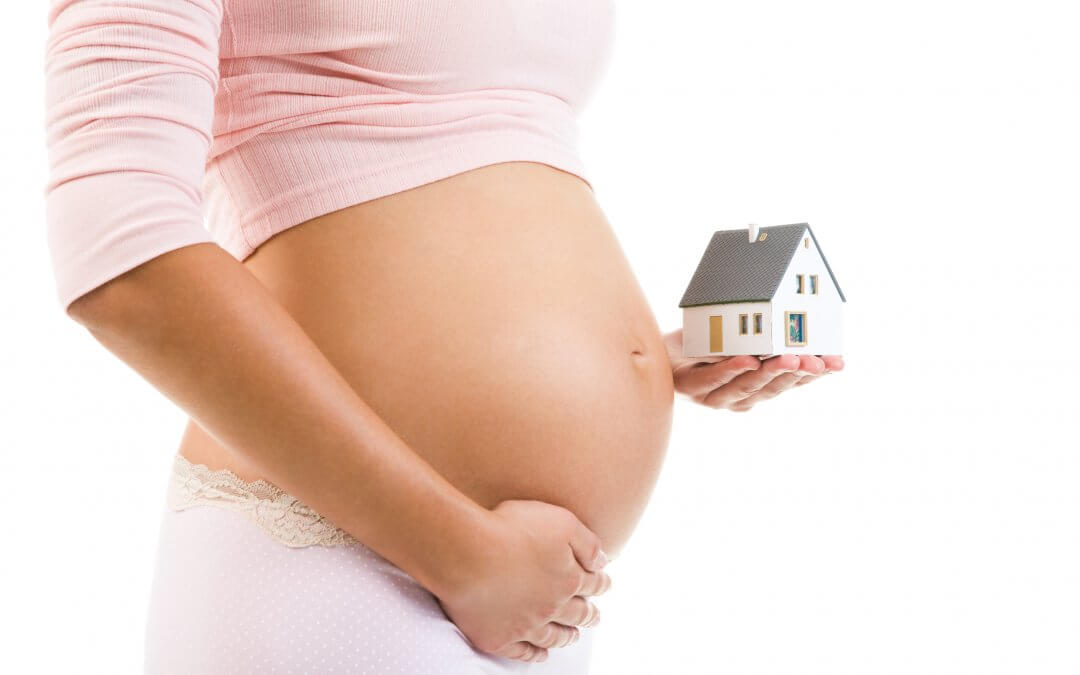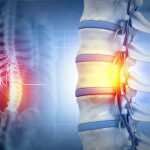What is a home birth?
As the name suggests, a home birth is simply the choice to deliver your baby in the comfort of your own home. Once upon a time, it was the go-to option for most mums-to-be; now, it is second-choice to attending a hospital.
In most cases, home births are planned but there are some unplanned home births – usually due to a short labour.
Women are more likely to have a home birth after their first child – in fact, only 0.8% of women who are having their first child give birth at home.
What are the benefits of a home birth?
Home births come with a selection of advantages; firstly, you are more likely to be cared for by a midwife that you already know. That’s because you are usually assigned a community midwife who attends your home on the day.
For existing parents, having birth at home also means you don’t have to leave them – they can be right there when their siblings are born.
The same goes for your partner. If you have to stay overnight in a hospital, your partner may have to leave; at home, they can stay by your side.
It can also be a great way to reduce stress, because you don’t have to worry about getting to the hospital.
Are home births safe?
Home births are a relatively safe option – for every 1,000 births, 9 have issues that may affect the baby’s quality of life; in hospital, that number is 5.
Generally, the most common reason that a home birth doesn’t work is because the mum gets tired and progress is slow. The other reason is that the mum-to-be might want an epidural.
For first-time mums, there’s a good chance of being transferred to hospital during labour or after the birth (45 in 100 women). Your chance reduces for second babies after a previous uncomplicated pregnancy and birth (12 in 100 women).
For mums on their second or third pregnancy, there is also a lower chance of having an assisted delivery – whether it be a caesarean section, instrumental delivery or episiotomy.
What happens if I have to be transferred to hospital?
Most of the time, your midwife will call an ambulance – especially if you are approaching or in the pushing stage of labour. While you are travelling there, you will have access to pain relief if you are in labour.
If your labour is slow and less risky, you may also be able to go in your own car and your midwife will follow you.
In both cases, your midwife will call ahead so that there is a room or bed waiting for you when you arrive. In an emergency, the obstetric and neonatal doctors will be on hand to keep you and your baby safe.
Can I have a home birth?
Your personal options depend on your own pregnancy, your preferences, and your location.
- Low-risk pregnancy – if your pregnancy is low-risk, it is easy to choose a home birth.
- High-risk pregnancy – for high risk pregnancies, doctors and midwives would usually ask you to choose a hospital birth as you can be closely monitored.
This could be the case if you have pre-eclampsia, high blood pressure, diabetes, a high BMI, abnormal scans, or if you had a caesarean section in the past. It may also be the case if you are pregnant with twins, triplets and multiples.
How do I arrange a home birth?
Each NHS trust has a different way of organising care but if you are thinking about having a home birth at the beginning of your pregnancy, mention this at your first appointment with the midwife or GP. They will refer you to the best person to talk to about it.
If you decide later that you would like a home birth, speak to your midwife as soon as you think it is what you want.
Most trusts will be able to facilitate a home birth if you decide before 36 weeks, unless you have high risk factors, when a hospital will be recommended for the safety of you and your baby.
Who can be there?
Unlike in a hospital, you are in control of who can be at your home birth. It means you can have your birthing partner with you throughout, and potentially other members of your family, if you choose.
In addition, you will also have your midwife with you and when the birth is about to happen, you may also have a second midwife present.
Are home births compatible with delayed cord clamping?
Most home birth teams will try to do delayed cord clamping (DCC) for every birth as it is now standard practice. Waiting until the blood from the placenta has stopped going into your baby before cutting the cord can increase your baby’s iron levels and the amount of stem cells they have. This can help their growth and immune system.
If you or your baby suddenly become unwell just after birth, the cord may be cut sooner. Your and your baby’s safety during labour and birth is very important and this will always take priority.
Can I bank cord blood from a home birth?
Absolutely. Cord blood collection is fully compatible with a home birth. You will be assigned a phlebotomist to collect the sample after the birth, and they will need a clean area to perform the procedure.
As with a hospital birth, stem cell collection doesn’t interfere with the birth in any way – allowing you to relax and focus on your family.
What do I need for a home birth?
There is very little that you need in terms of equipment for a home birth, but it is best to be prepared. Our handy checklist is designed to help you out:
- Waterproof covering – though your midwife will bring disposable pads, you might like to use a waterproof covering for your bed
- Towels – alternatively, if you are having a home water birth, get towels ready in case you want to get out of the birthing pool
- Relaxation aids – music and soft lighting can help ease your anxiety and keep you calm during the process
- Cooling aids – you can get very warm during labour; think about getting some flannels, sprays or handheld fans to keep you cool and calm
- Your phone or camera – some mums-to-be like to take photos and videos during the birth, so make sure you charge these up and keep them nearby
- A mirror – you can use this to see your baby’s head during the birth
- Snacks and drinks – labour can be long and exhausting, so keeping hydrated and well-nourished is crucial – not just for you, but also your midwife and birth partner
- A straw – on that topic, you might also like to have a straw to make it easier to drink lying down
- Blankets – it’s important to keep your baby warm after birth, so keep blankets to hand
- Desk light/head torch – this can really help your midwife to check your baby after the birth, though they might bring one themselves.
Request a Welcome Pack
Find out more about cord blood banking by downloading a Welcome Pack now.








